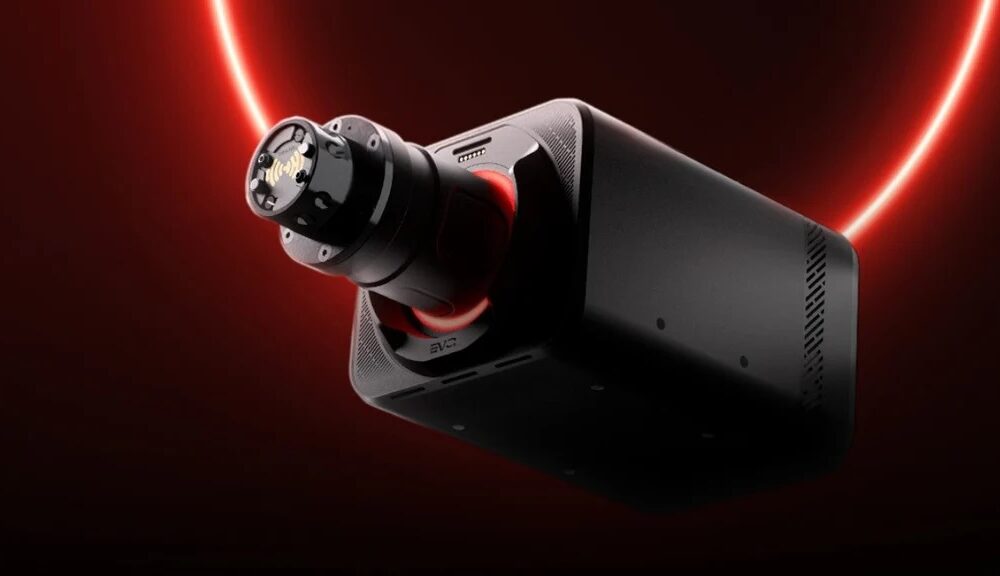The V1.9 update for Assetto Corsa Competizione completely overhauled the driving experience across the board. Not only were new GT3s and a fresh circuit added to the simulator, which we’ve gone into in more depth here, but it also changed the way that every car interacted with the track.
In this guide, we’re going to climb Under the Hood of the Chevrolet Camaro GT4, reacquainting ourselves with a car which has a cult following in GT4 races over on our partner site, The SimGrid.
Introducing The Chevrolet Camaro GT4
The Chevrolet Camaro GT4 is a muscle car turned circuit racer. With a 6.2-litre V8 engine powering it, it’s got a lot of grunt and makes a sound like something out of NASCAR. Maybe that’s why the famous ribbon graced the famous Circuit de la Sarthe of Le Mans last year with the famous Garage 56 entry.
- If you’re not convinced that the Camaro is the only GT4 you’ll drive, or if you want to drive in the other classes that ACC has to offer, try out our setup subscription which covers all of the fastest cars in the sim!
The Basic Car Characteristics
The Chevrolet Camaro GT4 is a front-engine, rear-wheel-drive car. What this means is that arguably the heaviest part of the car lies in front of or over the front axle. This makes the car less prone to oversteer than if the engine was in the middle of or at the rear of the car, but it also makes it more prone to oversteer as a result.
On top of this, as with the GT4 class of car, it is much more similar to the road car than a GT3 car is. This means that you’ll be less likely to spin at high or medium speed as the car doesn’t produce as much aerodynamic grip, meaning you don’t have to balance the car on such a knife edge, and as a result, means that you’ll be looking at how the car steers and handles kerbs all the more.

Steering and Cornering
As an American muscle car, the Chevrolet Camaro GT4 follows the reputation of possessing more understeer than a lively Porsche. However, it is a very consistent car, it turns left and right, and it can handle corners very well.
A particular strength of the Camaro is how reliable it is over the kerbs, as the heavy front end means that it won’t be lifted into the air as much when it strikes the kerb compared to a mid-engined or rear-engined car that may have a lighter nose.
Overall, this characteristic of reliability continues through most on-track scenarios. The slight tendency to understeer rather than oversteer means it is easy to handle and approach and therefore performs in most scenarios. The only department where you may find yourself struggling with the Camaro is in low-speed corners, where its weight and front-engine design won’t play to its advantage.
NEED SOME SETUPS?
You can own the Chevy Camaro GT4 bundle, plus every other setup Coach Dave Academy provides by having a Coach Dave Delta Subscription.
Our Delta subscription allows you to focus purely on your on-track performance. With our automatic setup installation and tyre pressure features using Delta for setups couldn’t be any easier.
Aerodynamics and Bodywork
Compared to the GT3s, a GT4 car has far less of the extravagant aerodynamics. GT4 regulations attempt to keep costs low for teams and drivers as an entry-level class, which means the Camaro is even more reliant on mechanical grip – in short, the previous section just got even more important!

The Chevrolet Camaro is a car that is very limited in terms of aerodynamic ability due to its large physical footprint. Its massive muscle car figure means that it is menacing in a straight line, but it will struggle in the corners with understeer when it comes to overall pace. In comparison, the smaller Ginetta and McLaren are very aerodynamic efficient but have to find a delicate balance so that it isn’t prone to oversteering instead.
- Want to know how the pros handle it? Check out our YouTube channels, which include live setup sessions as well as hotlaps with our newest setups. We recommend our hotlap of Watkins Glen, featuring the car from this very article at home in the North of the United States!
Power Delivery and Braking
A front-engine car tends to require heavy braking before the corner and a careful application of the throttle on exit. This, once again, boils down to the fact that they have the heaviest part of them over or in front of the front axle, meaning there is less weight to push down the rear of the car where all of the horsepower is being channelled.

With the Chevrolet, this difference is even more pronounced. This has to do with how big the car is, with the length and the width meaning that the wheels are further apart from each other than in most cars in its class. What it essentially means is that the car is consistent and dependable on the power and on the brakes, but at the same time will understeer if you try to do too many things at once.
- If that sounds tricky, it’s not to worry! You can get hints and tips from the pros through our Coaching service, which has helped pros from the sim to the circuit to refine their skills and correct little issues that they didn’t even know that they had!
Final thoughts
There’s a good reason why the Chevrolet is a fan-favourite in ACC. Not only does it have the same cult iconography as something like the Aston Martin AMR V12 Vantage GT3, but it is also still a competitive car in its class despite its unique characteristics.
If you’re looking for something awesome that stands out from the crowd, why not give it a try?







